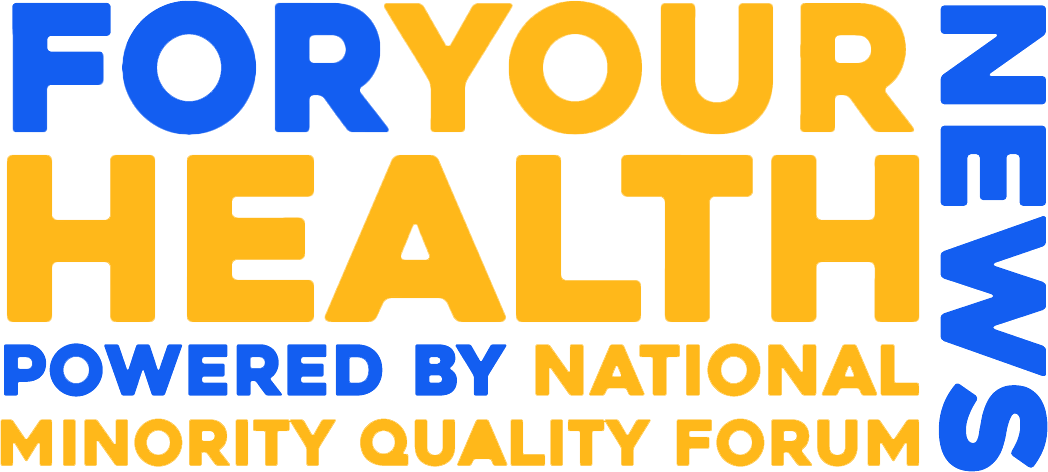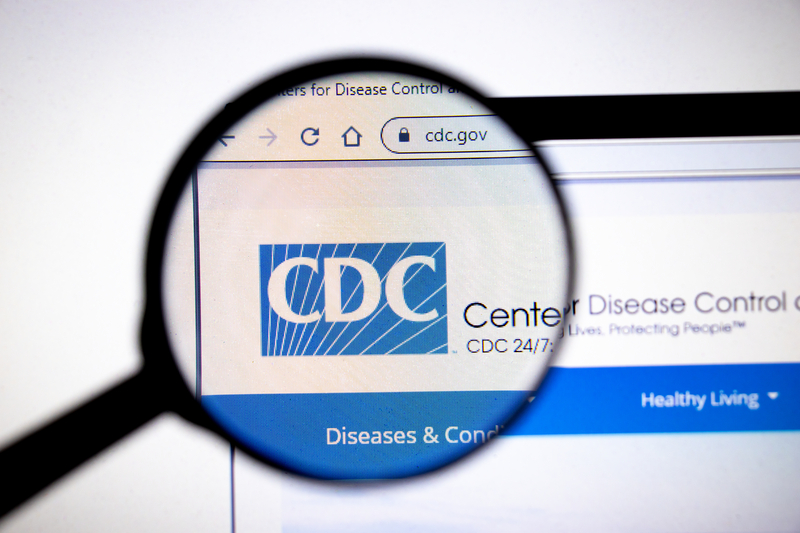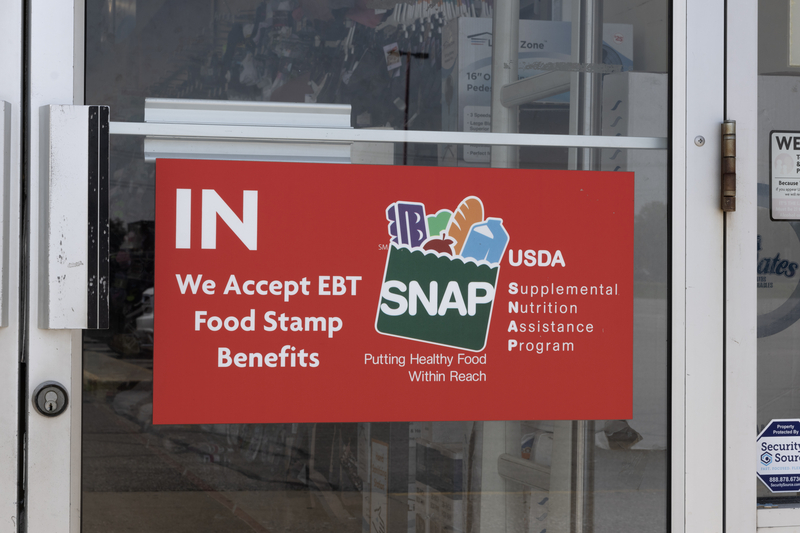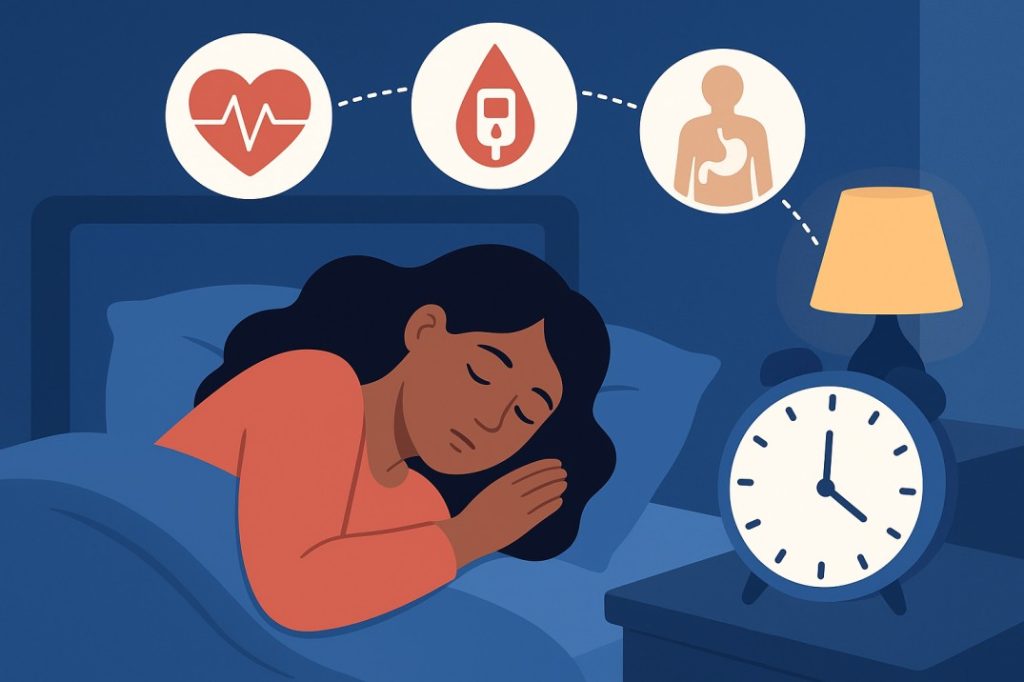- By Jessica Wilson

The United States has long confronted a troubling fact: Americans pay far more for brand-name prescription drugs than patients in other high-income nations. In fact, the administration recently stated that U.S. patients have paid up to three times more for identical drugs than their counterparts abroad. That’s not just a number — it reflects people skipping medications, choosing between treatment and rent, and enduring unnecessary financial pain.
The newly announced push from the Donald J. Trump administration to implement a “most-favored-nation” (MFN) pricing model is, at first glance, promising. Under this plan, the U.S. government proposes to ensure American patients pay no more than the lowest price paid in comparable developed countries. More than that: major commitments include applying MFN pricing to government programs like Medicare and Medicaid, ensuring new drugs are priced at that level in the U.S., and compelling manufacturers to repatriate foreign revenues to support U.S. price reductions.
This is potentially a watershed moment for U.S. healthcare — but the devil, as always, is in the details.
Why It’s Relevant
When drug prices are this high, the consequences are immediate and serious:
- Patients with chronic conditions (diabetes, heart disease, cancer, etc.) may skip doses or go without treatment because of cost. U.S. prescription drug spending per capita remains the highest in the world.
- Aligning U.S. drug prices with international benchmarks could reduce the financial burden for many Americans — and improve adherence, outcomes, and health equity.
- It also signals a shift in how we frame drug pricing: not merely as a domestic issue, but as part of a global dynamic. The U.S. has long been the largest pharma market, and the administration argues that Americans have been subsidizing cheaper prices abroad.
What’s On the Table
Here’s what the MFN overhaul proposes:
- On May 12, 2025, the President signed an Executive Order titled “Delivering Most-Favoured-Nation Prescription Drug Pricing to American Patients.”
- The order instructs the Secretary of Health and Human Services to set MFN price targets within 30 days for manufacturers, aligning U.S. prices with those in other developed nations.
- From July 31, 2025, letters were sent to major pharmaceutical companies urging them to align U.S. prices with the lowest abroad.
- By late September 2025, the administration announced five deals with major drug manufacturers committing to these pricing changes.
- Key promised savings: For two top annual-spend drugs (obesity and diabetes medications), monthly U.S. costs may drop from about $1,000–$1,350 to roughly $350 for some programs. Insulin could drop to $35/month. Details are still being finalized.
Massive New U.S. Manufacturing Investments
An underappreciated but significant component of the newly negotiated agreements is the administration’s focus on domestic pharmaceutical manufacturing — a move that could reshape long-term supply, access, and pricing stability.
- Novo Nordisk has pledged $10 billion to expand U.S. manufacturing capacity, including the possibility of producing the Wegovy pill entirely within the United States if it receives approval.
- Eli Lilly has announced at least $27 billion in new U.S.-based manufacturing investments under President Trump’s leadership.
According to industry analysts, these commitments could strengthen pharmaceutical supply chains, reduce dependence on overseas production, and support long-term price stability — a crucial complement to the MFN pricing strategy. By boosting domestic capacity, the administration aims to prevent shortages, expand production of high-demand medications, and put downward pressure on prices through increased supply and reduced international bottlenecks.
The Optimism — And Why It’s Justified
This initiative deserves credit for several reasons:
- It directly addresses a glaring inequity: Why should Americans pay significantly more for the same medicines?
- It offers a structural response: not just rhetoric, but an executive mandate, pricing targets, manufacturer negotiations, and now historic domestic manufacturing commitments.
- It could stimulate real access gains: Lower costs for brand-name drugs could mean fewer skipped treatments, better outcomes, and lower long-term system costs.
- Additional domestic manufacturing could become a stabilizing force — ensuring the supply of critical medicines and reducing reliance on fragile global supply chains.
The Realistic View: Important Caveats
As with any sweeping reform, there are significant caveats:
- Implementation is murky: Legal and regulatory challenges loom, and prior MFN attempts through the Centers for Medicare & Medicaid Innovation (CMMI) were halted by courts for procedural issues.
- Global ripple effects: International reference pricing can create unintended global consequences, including reduced access to new drugs in smaller markets.
- Uneven benefits: Not every drug will be affected equally. Patients facing high deductibles or lacking insurance may still experience affordability challenges.
- Manufacturing investments take time: While the $37+ billion in new U.S. facilities is historic, it will not produce immediate savings or supply expansion. These effects will unfold over years.
- Lifestyle and prevention still matter: Lower drug prices are not a substitute for comprehensive preventive care and public health investment.
When a nation accepts that its citizens are paying three times more for the same medicine as patients elsewhere, something has to change. The MFN model offers a credible route to doing just that. If executed smartly, it could ease the drug-cost burden for millions, improve health outcomes and shift the global pricing dynamic.
But let’s be very clear: this is not a cure-all. It must be part of a broader strategy — one that includes prevention, healthier lifestyles, transparency, and access across income levels. It also requires political will and regulatory precision.
In short: This reform is an important step in the right direction — but only if we ensure it delivers for every patient and every medicine, not just the headlines.
Trending Topics
Features
- Drive Toolkit
Download and distribute powerful vaccination QI resources for your community.
- Health Champions
Sign up now to support health equity and sustainable health outcomes in your community.
- Cancer Early Detection
MCED tests use a simple blood draw to screen for many kinds of cancer at once.
- PR
FYHN is a bridge connecting health information providers to BIPOC communities in a trusted environment.
- Medicare
Discover an honest look at our Medicare system.
- Alliance for Representative Clinical Trials
ARC was launched to create a network of community clinicians to diversify and bring clinical trials to communities of color and other communities that have been underrepresented.
- Reducing Patient Risk
The single most important purpose of our healthcare system is to reduce patient risk for an acute event.
- Jessica Wilson
- Subash Kafle
- Victor Mejia



















